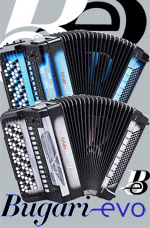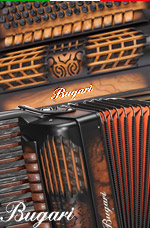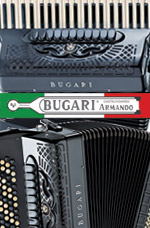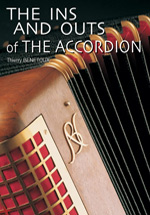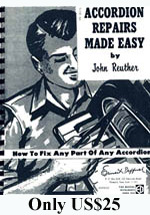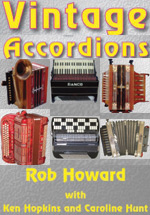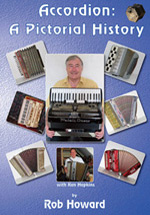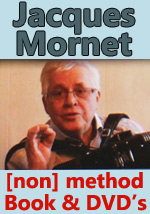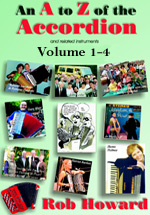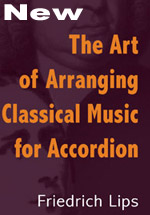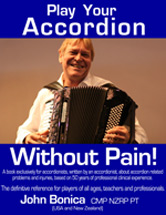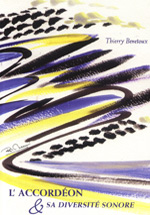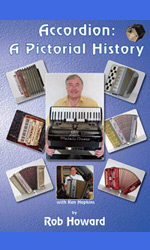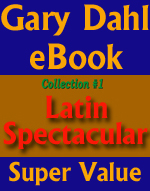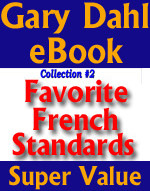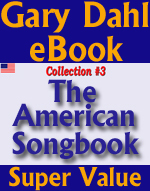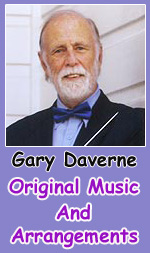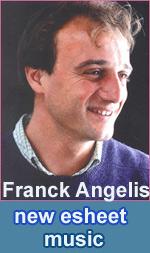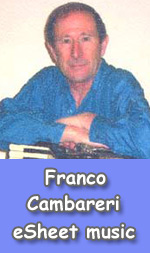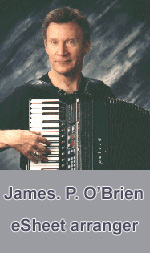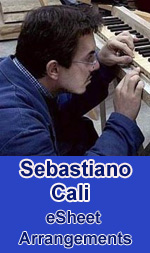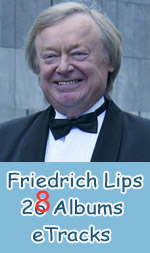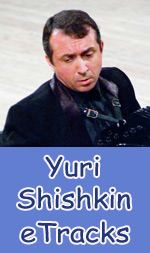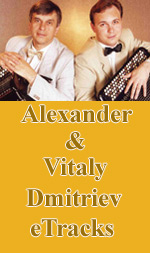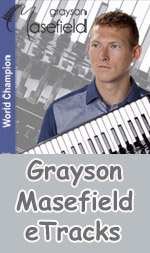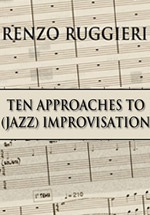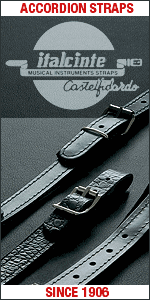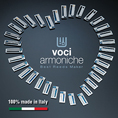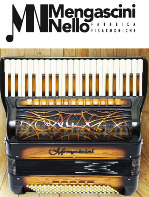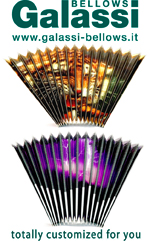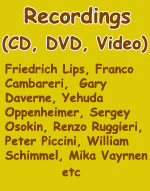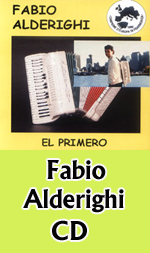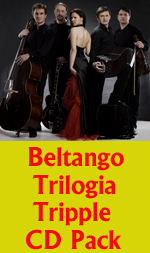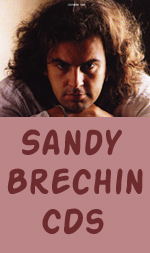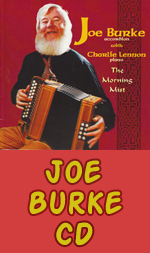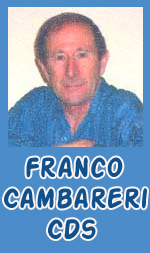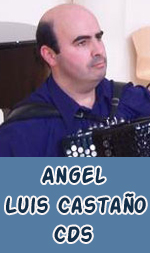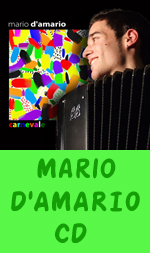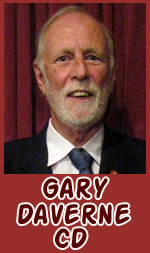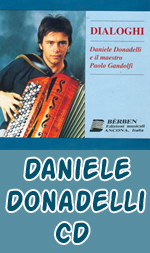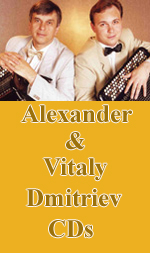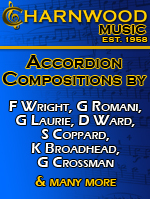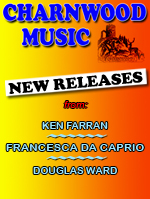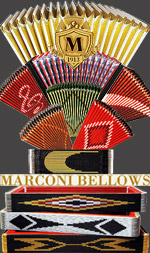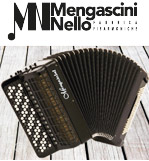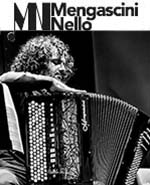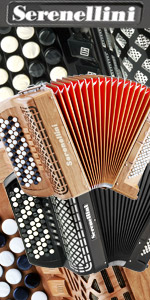Sponsors

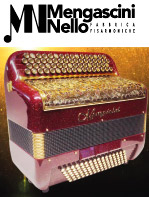
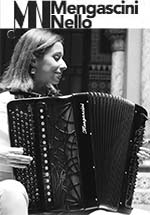
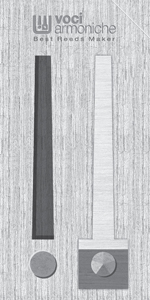
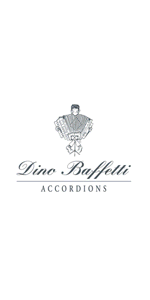

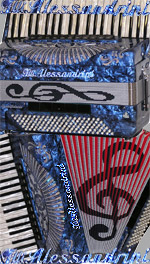
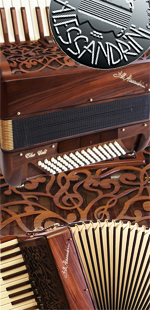

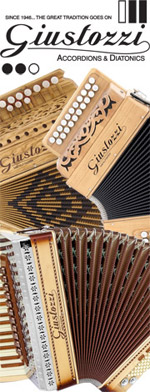
Books (Text)
eSheet (pdf file)

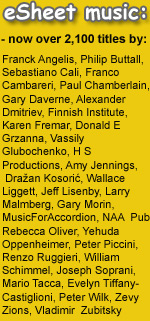
eTracks sound files

Sponsors
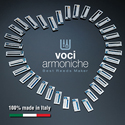

Free Services
Books (Text)
Statistics
Sponsors

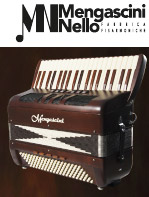


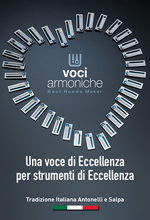

 Share
Share
Link to share - cut and paste:
http://accordions.com/news.aspx?d=24-May-2024&s=21273
http://accordions.com/news.aspx?d=24-May-2024&s=21273
24-May-2024
Published: Latest Expanded Article About AAA Commissioned Works - USAby Dr. Robert Young McMahan Chair of AAA Composers Commissioning Committee |
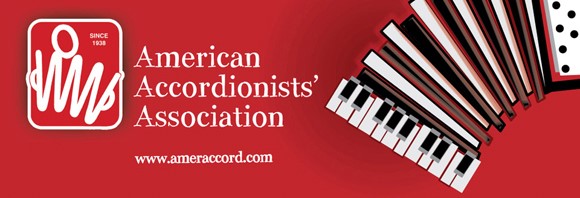 |
 Now published is the expanded article from the Past Annual Series of Articles for the AAA Festival Journal: Now published is the expanded article from the Past Annual Series of Articles for the AAA Festival Journal:2015: Four of the Five Commissioned Works for the Intermediate Level Student Solos by David Diamond, William Grant Still, Carlos Surinach, & José Serebrier. View the expanded article at: http://www.ameraccord.com/aaacommissions21.php This article continues the progress in expanding the annual articles I wrote between 1997 and 2019 on the AAA commissioned “classical” repertoire of the late twentieth century. The AAA Composers Commissioning Committee founder and first Chair, Elsie Bennett, decided during the mid-to-late 1960s to re-commission four previously AAA engaged composers, namely Paul Creston, David Diamond, William Grant Still, and Carlos Surinach, as well as a first-time contributor, José Serebrier, to supply solo works at the intermediate rather than the normally assumed advanced/professional level. The results were Creston’s Embryo Suite, (released in web format in January 2024), Diamond’s Sonatina, Still’s Lilt, Surinach’s Prelude to the Sea, and Serebrier’s Danza Ritual. Elsie’s stated purpose for this project was to expose promising young students who through hard and earnest work had achieved a solid intermediate level of performance, usually via their other more traditional tonal repertoire (which was often accordion transcriptions of other instruments’ works), to the “New Music” of their own time. This gateway into original “classical” and idiomatically conceived music for the accordion was and continues to be vitally important since the accordion’s late invention during the previous three-century “Common Practice” era and slow technological evolution in the nineteenth century delayed the creation of its own classical repertoire well into the twentieth century. To be sure that this endeavor would succeed, these little masterpieces were often required as test pieces in the AAA competitions of the 1960s and later and were admissible in the separate “Original Solo” contest divisions as well. As is the mission of this expanded series of past articles, this current one on these four very diverse compositions (that excludes Creston’s contribution which was covered in the 2017 article) are discussed both historically and theoretically in much greater detail and well beyond the scope, of its original publication in the 2015 AAA Festival Journal. View the expanded article at: http://www.ameraccord.com/aaacommissions21.php |
